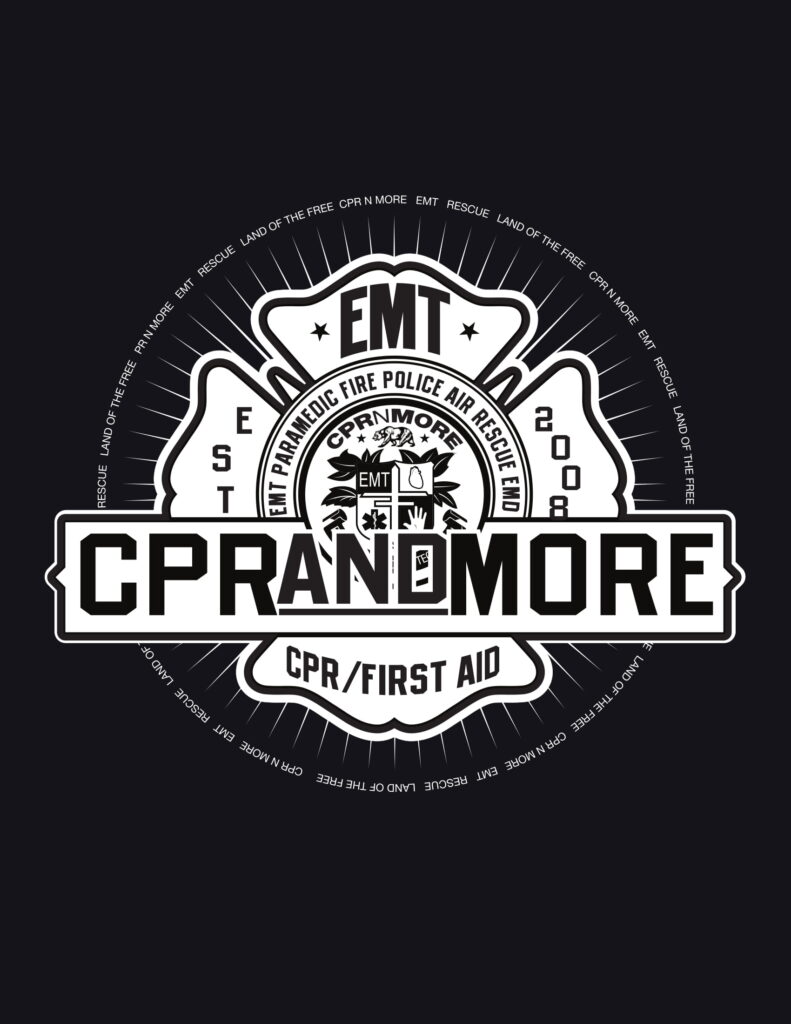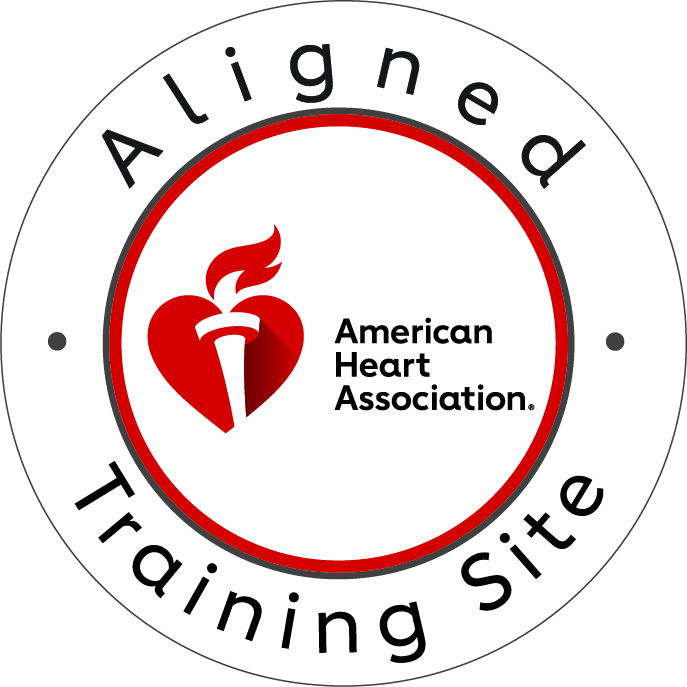Emergency Response for the ADULT, CHILD and INFANT
Can you save a life? In an emergency, when every second is critical, would you know what to do?
According to recent statistics, sudden cardiac arrest is rapidly becoming the leading cause of death in America. Once the heart ceases to function, a healthy human brain may survive without oxygen for up to 4 minutes without suffering any permanent damage. Unfortunately, a typical EMS response may take 6, 8 or even 10 minutes.
It is during those critical minutes that CPR can provide oxygenated blood to the victim’s brain and the heart, dramatically increasing his chance of survival. And if properly instructed, almost anyone can learn and perform CPR. When it comes to responding to an emergency requiring immediate first aid, you may want to check out these helpful tips to learn about the sorts of first aid kits available to put in the workplace, or wherever else, and find out how to use the items within them.
IDENTIFYING AN EMERGENCY
Emergencies are signaled by unusual or abnormal circumstances that catch your attention. Different situations that you will want to look for are:
Abnormal sights, odors or noises
Abnormal appearances or behaviors
A person lying on the ground not moving
Someone grabbing his or her throat
A child floating at the bottom of a pool
Someone bleeding
These are only a guide to get you thinking about what an emergency would be.
SHOULD I GET INVOLVED?
CPR and First Aid are not just for strangers. We all have loved ones, older and younger, that may need our assistance. Emergency situations happen every day to families.
WHAT IF IT’S A STRANGER?
You might be hesitant to help a stranger in an emergency situation because you think you might be sued. Well… that’s not the case. Every state has Good Samaritan Laws designed to protect people responding to emergencies.
GOOD SAMARITAN LAWS
Good Samaritan laws are laws or acts protecting those who choose to serve and tend to others who are injured or ill. They are intended to reduce bystanders’ hesitation to assist, for fear of being sued or prosecuted for unintentional injury or wrongful death. Its purpose is to keep people from being reluctant to help a stranger in need for fear of legal repercussions should they make some mistake in treatment. Good Samaritan laws vary from jurisdiction to jurisdiction, as do their interactions with various other legal principles, such as consent, parental rights and the right to refuse treatment. Such laws generally do not apply to medical professionals’ or career emergency responders’ on-the-job conduct, but some extend protection to professional rescuers when they are acting in a volunteer capacity.
The laws were developed so that people would be encouraged to:
Act in good faith
Not be deliberately negligent or reckless.
Act within the scope of his or her training.
Not abandon the person after starting to give care.
WHAT IF I DECIDE TO HELP?
Before giving first aid to a conscious adult, you must obtain his or her “CONSENT”. When asking for consent, follow these rules:
State your name.
Tell the person you are trained in CPR or FIRST AID
Ask the person if you can help
Explain what you think may be wrong
Explain what you plan to do
If they REF– USE care—DO NOT give care. You should still call 9-1-1.
If you have an infant or child, you should get permission from the parent or guardian if they are present.
WHAT IF THEY ARE UNCONSCIOUS?
For an unconscious person or unable to respond due to the injury or illness the “CONSENT IS IMPLIED” and you can continue with CARE. Consent is also implied for an infant or child if a parent or guardian is not present or immediately available.
CHECK-CALL-CARE: TAKING ACTION
There are 3 steps to follow when assessing an emergency situation. By following these steps you will minimize any confusion that can occur at the scene. These are CHECK, CALL, CARE
1a. CHECK the scene
When assessing the situation you will first want to make sure there is not an immediate danger to you. Survey the scene; look and listen and ask yourself these questions:
Is it safe? Are there any gaseous odors, something that could fall on you, etc
What could have happened?
How many people are involved?
Is there anyone that can help you?
Once you have made sure the area is safe for you then you will proceed to the victim and check for life-threatening conditions and ask yourself these questions:
1b. CHECK the victim
Is the Victim:
Unconscious?
Having trouble breathing or not breathing at all?
Showing signs of life: breathing or chest movement?
Severely bleeding?
2. CALL
Call 9-1-1. Calling is the most important action you can do to help someone who is ill or injured. This will dispatch the emergency medical response team ensuring they arrive at the scene as quickly as possible. This is important! If you don’t call 9-1-1, no emergency help will come. NOTE: YOU MAY PHYSICALLY NOT BE ABLE TO PERFORM CPR FOR AN EXTENDED PERIOD OF TIME.
WHO SHOULD CALL 9-1-1
If SOMEONE else is around, instruct THEM to call 9-1-1 so you can begin CARE.
If you are ALONE : CALL 9-1-1 FIRST
Some protocols state that if you come upon an unconscious child, younger than 12 years old or any victim of a drowning, give 2 minutes of CPR and then call 9-1-1. *BUT remember, no emergency help will arrive until you call.
3. CARE
At this point, you have to decide if CPR or FIRST AID is required. It is always recommended to use gloves and a breathing barrier when giving emergency care. By following standard precautions to protect yourself, you can minimize the risk of disease transmission. For purposes of giving care, an ADULT is a person 12 years of age or older, a CHILD is about 1 to 12 years old, and an INFANT is under the age of 1 year. When using an AED, a CHILD is under the age of 8 and less than 55 pounds, and an INFANT is under 1 year old.
If you have any questions or would like more information please give us a call or go to our webstite at www.cprnmore.com 1-800-477-6193


